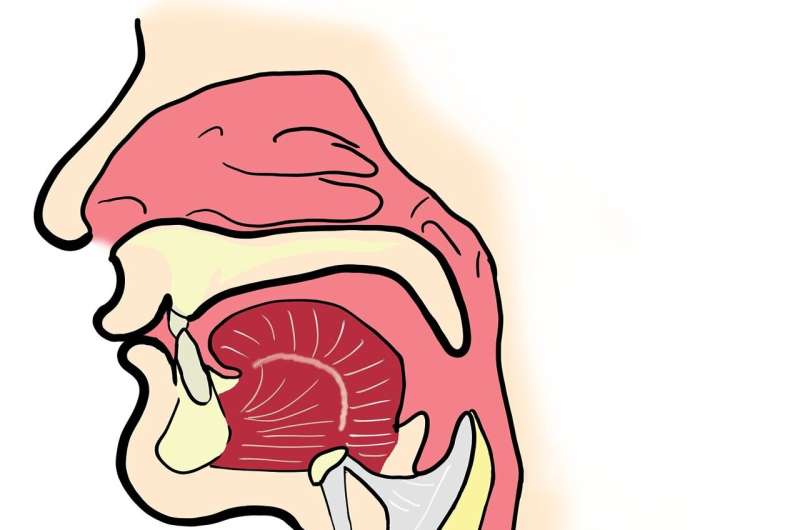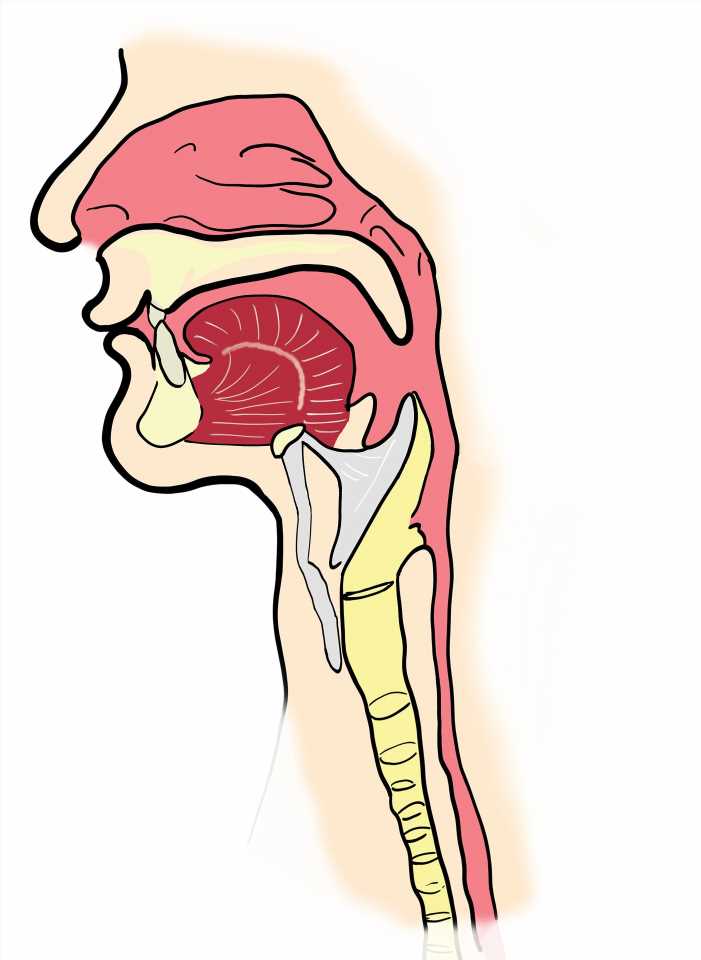
University of Southampton researchers have recommended a method to help diagnose preschool age children with Primary Ciliary Dyskinesia (PCD).
PCD is a rare, inherited condition that leads to chronic lung, ear and sinus infections. Children with PCD have a problem with mucus build-up, which leads to inflammation in the airways and infections in the lungs, nose, sinuses and ears. Most people with PCD have symptoms from birth or early childhood. But some children with PCD may not be diagnosed until much later.
Currently, a commonly used diagnostic test for PCD is measuring the nitric oxide (nNO) in the nose using a chemiluminescent analyzer. This involves holding a sampling tube at the nostril, while the patient either holds their breath, or breathes out through their mouth against a resistance. However, controlled breathing in these ways aren’t possible for young children. Furthermore, chemiluminescence analyzers are extremely expensive, not portable, and not available in most countries.
Jane Lucas, Professor of Pediatric Respiratory Medicine, led an international Task Force to review existing studies and literature to establish whether there were more effective and accessible methods of diagnosis for PCD in younger children.
The task force concluded that although holding the breath or breathing against a resistor while using a chemiluminescence analyzer was more reliable in older children and adults, adequate measurements could be achieved by measuring nasal nitric oxide while a pre-school child breathes normally and should be the standard way when diagnosing PCD in children under the age of five.
The task force also suggested that although chemiluminescence analyzers are more reliable, the relatively inexpensive electrochemical devices have a role in healthcare systems with limited resources. They also recognized that the portability of electrochemical devices may be useful in countries where patients live long distances from a specialist center, enabling the specialist to travel to the patient.
The task force has published its findings in the European Respiratory Journal.
“We know that the earlier we can diagnose a condition, the better the chances are of implementing the best treatment plan for the patient,” Professor Lucas said. “But current guidelines and technical standards focus on nNO measurements in older, cooperative children using technology that is not widely available.”
“Pre-schoolers often need different methods to be employed when measuring nNO, methods that are less invasive and adaptable. Without guidelines for younger children, and electrochemical analyzers there is huge variability in how people take the measurements and interpret them.”
“This paper is the first step towards standardizing sampling, analysis, and reporting of nNO measured as part of the diagnostic testing for PCD in all age groups including preschool-age children. We hope this will promote earlier diagnosis of PCD, and a standardized approach to interpreting and reporting results.”
The task force also recommends that future research is needed to ensure the technical standard is kept up to date.
The findings have received support from charities and parents.
One parent said, “As a parent of a child with PCD, it is now clear to me why early diagnosis is so important. Diagnosis was only confirmed because I advocated for my son and insisted on further testing. My child had all of the classic symptoms of PCD but unfortunately, he had six operations for glue ear and the insertion of grommets (not recommended in PCD) before he was referred for PCD testing.”
“Access to testing and an early diagnosis would have prevented these unsuccessful and unnecessary procedures, and earlier intervention may have prevented his bronchiectasis from developing at such a young age.”
A spokesperson from Primary Ciliary Dyskinesia (PCD) Support UK said, “We support the recommendations outlined by the European Respiratory Society Task Force, as the use of nNO in preschool children will help to facilitate an earlier diagnosis for many with PCD. As PCD is a multi-system disorder requiring multi-disciplinary care, (including respiratory management, Ear, Nose and Throat (ENT), cardiology, dietetics, and fertility input), earlier diagnosis will ensure PCD patients get timely access to appropriate care. This is vital for preventing irreversible airway damage and poor quality of life.”
More information:
Nicole Beydon et al, Nasal nitric oxide measurement in children for the diagnosis of primary ciliary dyskinesia: European Respiratory Society technical standard, European Respiratory Journal (2023). DOI: 10.1183/13993003.02031-2022
Journal information:
European Respiratory Journal
Source: Read Full Article
